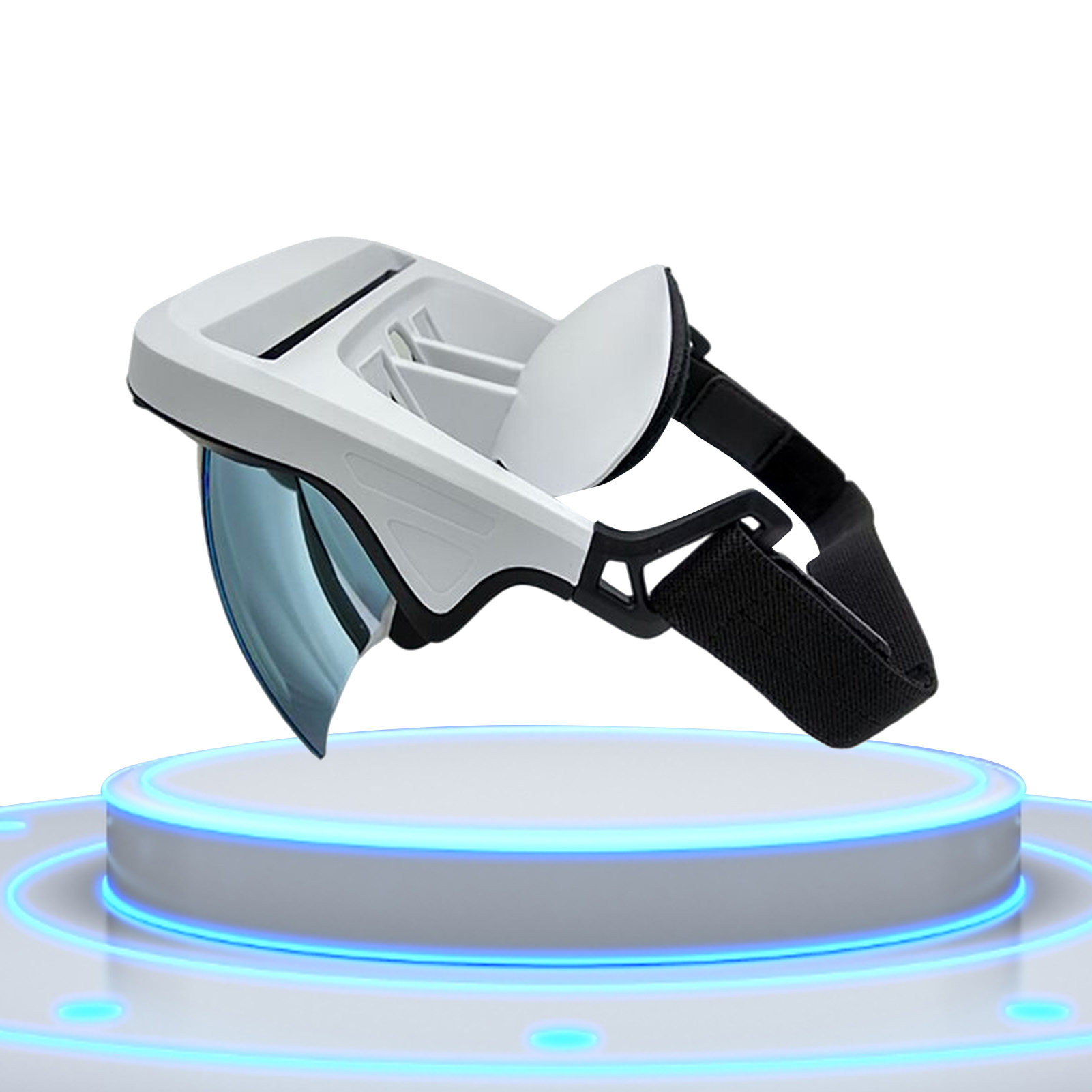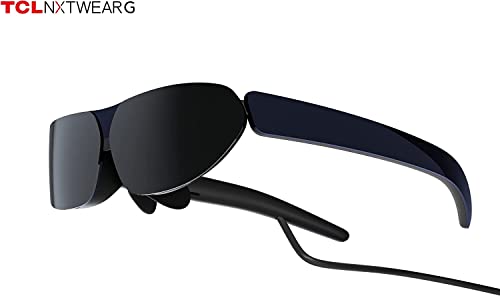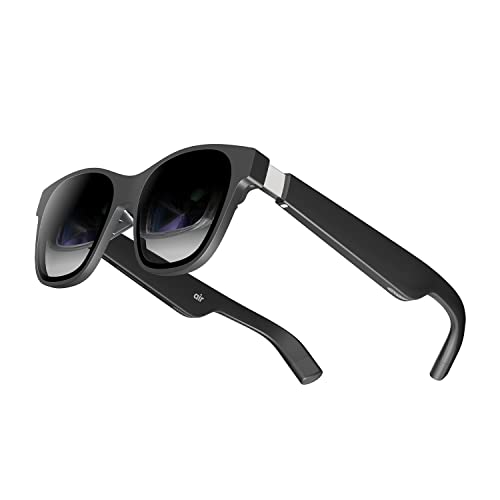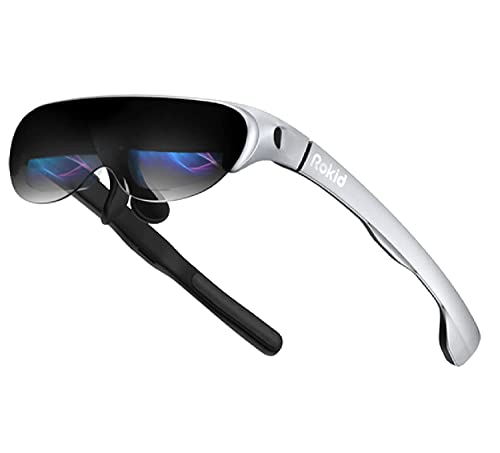Introduction
Have you ever wished you could control your devices without lifting a finger? Well, with the rise of voice-controlled wearable technology, that dream is becoming a reality. From smartwatches to wireless earbuds, these devices are revolutionizing the way we interact with technology, making our lives more convenient and accessible than ever before.
Key Takeaways
- Voice-controlled wearables are becoming increasingly popular due to their hands-free convenience and accessibility.
- Advancements in speech recognition, natural language processing, and AI are driving the growth of voice-controlled wearables.
- Smartwatches, wireless earbuds, smart glasses, fitness trackers, and smart clothing are leading the charge in voice-controlled wearable technology.
The Science Behind Voice-Controlled Wearables
To understand the rise of voice-controlled wearables, let's dive into the technology that makes it all possible. At the heart of these devices are advanced speech recognition algorithms that can accurately interpret human speech and convert it into actionable commands. Natural language processing (NLP) and artificial intelligence (AI) work together to understand the context and intent behind the user's words, allowing for more natural and intuitive interactions.
But it's not just about the software. Advancements in microphone and sensor technology have also played a crucial role in the development of voice-controlled wearables. Tiny, high-quality microphones can now pick up voice commands even in noisy environments, while sensors like accelerometers and gyroscopes help the devices understand the user's movements and gestures.
Smartwatches: The Pioneers of Voice-Controlled Wearables
Smartwatches were among the first wearable devices to embrace voice control, and they continue to lead the way in this space. The Apple Watch, for example, has deep integration with Siri, allowing users to make calls, send messages, set reminders, and even control their smart home devices with just their voice. Samsung's Galaxy Watch line offers similar functionality with its Bixby assistant, while Fitbit's Versa smartwatches have Amazon Alexa built-in.
But it's not just the big names getting in on the action. Fossil's Gen 5 smartwatches come with Google Assistant, offering a wide range of voice-controlled features and integrations with Google's ecosystem of services. With so many options on the market, there's a voice-controlled smartwatch for every taste and budget.
Wireless Earbuds: The Ultimate Hands-Free Experience
If smartwatches are the pioneers of voice-controlled wearables, then wireless earbuds are the ultimate hands-free experience. These tiny devices fit snugly in your ears and offer a seamless way to interact with your digital assistant of choice. Apple's AirPods, for example, have Siri built-in, allowing you to make calls, send messages, and control your music with just your voice.
But Apple isn't the only player in this space. Google's Pixel Buds offer tight integration with Google Assistant, while Samsung's Galaxy Buds work seamlessly with Bixby. And if you're an Amazon Alexa fan, the Echo Buds are the perfect choice, offering hands-free access to Alexa's vast array of skills and integrations.
Smart Glasses: The Future of Voice-Controlled Wearables
While smartwatches and wireless earbuds are the most common voice-controlled wearables today, smart glasses are quickly emerging as the next frontier in this space. Google Glass may have been ahead of its time when it first launched in 2013, but it's making a comeback with a new focus on enterprise applications. Meanwhile, Amazon has entered the fray with its Echo Frames, which offer hands-free access to Alexa in a sleek, everyday eyewear design.
Other players in the smart glasses space include Vuzix, whose Blade smart glasses have Alexa built-in, and North, whose Focals glasses offer a discreet, voice-controlled interface for accessing notifications, directions, and more. As the technology continues to improve and become more affordable, we can expect to see more and more people embracing smart glasses as their go-to voice-controlled wearable.
Fitness Trackers: Enhancing Workouts with Voice Control
Fitness trackers have long been a staple of the wearable technology world, but they're getting a voice-controlled upgrade. Fitbit's Charge 4, for example, has Alexa built-in, allowing you to control your smart home devices, check the weather, and even set reminders right from your wrist. Garmin's Venu smartwatch offers similar functionality with its own voice assistant, while Xiaomi's Mi Band 5 has Xiao AI for Chinese-speaking users.
But it's not just about convenience. Voice control can also enhance your workouts by allowing you to start and stop exercises, set timers, and even get real-time coaching and feedback without ever having to take your hands off the equipment. With the Huawei Band 4 Pro, for example, you can use your voice to control your music playback and get updates on your workout progress, all while staying focused on your training.
Smart Clothing: Integrating Voice Control into Fabrics
If you thought voice control was limited to traditional wearable devices, think again. Smart clothing is the next frontier in voice-controlled wearables, with companies like Levi's and Google collaborating on a smart jacket that lets you control your phone with just your voice. The Levi's Trucker Jacket with Jacquard by Google has a tiny, removable tag that connects to your phone and allows you to answer calls, play music, and get directions with just a few taps or voice commands.
But it's not just about denim. Wearable X's Nadi X Yoga Pants have Alexa built-in, allowing you to get guided yoga sessions and control your smart home devices right from your leggings. Athos' smart clothing line, meanwhile, has Siri integration for hands-free control of your workouts and music. And Sensoria's smart socks have Alexa integration for tracking your running form and getting real-time coaching feedback.
Voice-Controlled Wearables in Healthcare
While voice-controlled wearables are often associated with convenience and entertainment, they also have the potential to revolutionize healthcare. Remote patient monitoring, for example, can be made much easier with voice-controlled devices that can track vital signs, remind patients to take their medication, and even alert healthcare providers in case of an emergency.
For the elderly and disabled, voice-controlled wearables can be a game-changer, allowing them to control their environment, communicate with loved ones, and even call for help in case of a fall or other emergency. And in the mental health space, voice-controlled wearables can be used for stress management, guided meditation, and even therapy sessions.
Privacy and Security Concerns
Of course, with any new technology comes new concerns about privacy and security. Voice-controlled wearables are no exception, with many users worried about the potential for their conversations to be recorded and analyzed without their knowledge or consent. There are also concerns about the accuracy of voice recognition and the potential for false positives or negatives, which could have serious consequences in certain situations.
To address these concerns, manufacturers of voice-controlled wearables need to be transparent about their data collection and storage practices, and give users clear options for opting out or deleting their data. They also need to invest in advanced security measures like encryption and multi-factor authentication to protect user data from hacking and eavesdropping.
The Impact of Voice-Controlled Wearables on Society
As voice-controlled wearables become more prevalent, they have the potential to transform society in significant ways. For one, they can increase accessibility and inclusivity by allowing people with disabilities or limited mobility to control their devices and environment with just their voice. They can also enhance productivity and multitasking by allowing users to perform tasks hands-free while engaged in other activities.
However, the rise of voice-controlled wearables also raises questions about social norms and etiquette. Is it appropriate to have a conversation with your smartwatch in public? How do we handle situations where multiple people are trying to control the same device with their voice? As these devices become more integrated into our daily lives, we'll need to develop new social norms and guidelines for their use.
Emerging Trends and Future Developments
As voice-controlled wearables continue to evolve, we can expect to see a number of exciting trends and developments in the coming years. One major trend is the integration of these devices with smart homes and the Internet of Things (IoT), allowing users to control their entire environment with just their voice. We may also see advancements in emotion recognition and sentiment analysis, enabling devices to respond more appropriately to the user's mood and tone.
Another area of growth is in multilingual support and cross-cultural adoption. As voice-controlled wearables become more widely available around the world, manufacturers will need to invest in language localization and cultural adaptation to ensure that their devices are accessible and relevant to users in different regions.
Perhaps most intriguingly, we may even see the development of voice-controlled implantables in the future. While still largely theoretical, the idea of implantable devices that can be controlled with just a thought or a voice command is a tantalizing one, with potential applications in healthcare, entertainment, and beyond.
Challenges and Opportunities for Manufacturers
For manufacturers of voice-controlled wearables, the road ahead is filled with both challenges and opportunities. One major challenge is battery life and power optimization, as these devices need to be able to operate for long periods of time without needing to be recharged. Miniaturization and ergonomic design are also key considerations, as users want devices that are comfortable to wear and easy to use.
Interoperability and standardization are also important challenges, as users want devices that can work seamlessly with their existing ecosystem of products and services. This will require collaboration and partnerships between different manufacturers and platforms, as well as the development of open standards and APIs.
| Challenge | Opportunity |
|---|---|
| Battery life and power optimization | Develop more efficient batteries and power management systems |
| Miniaturization and ergonomic design | Create smaller, more comfortable devices that users will want to wear all day |
| Interoperability and standardization | Collaborate with other manufacturers and platforms to create open standards and APIs |
Conclusion
The rise of voice-controlled wearables is a testament to the power of technology to transform our lives in meaningful ways. From the convenience of hands-free control to the accessibility and inclusivity benefits for people with disabilities, these devices have the potential to make a real difference in people's lives.
As we look to the future, it's clear that voice-controlled wearables will continue to evolve and become more integrated into our daily lives. With advancements in AI, natural language processing, and sensor technology, we can expect these devices to become even more intuitive and responsive to our needs and preferences.
Of course, there are challenges and concerns that will need to be addressed along the way, from privacy and security to social norms and etiquette. But with the right approach and a commitment to responsible innovation, the future of voice-controlled wearables looks bright indeed.
So the next time you find yourself talking to your smartwatch or asking your wireless earbuds for directions, remember that you're not just embracing a new technology – you're participating in a revolution that's changing the way we interact with the world around us. And that's a pretty exciting thing to be a part of.




